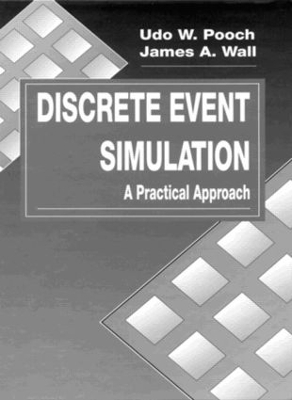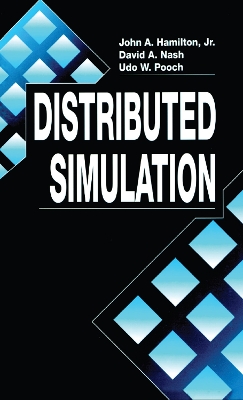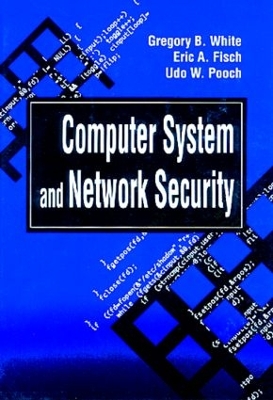Computer Science & Engineering
2 primary works • 4 total works
Book 4
Discrete Event Simulation is a process-oriented text/reference that utilizes an eleven-step model to represent the simulation process from problem formulation to implementation and documentation. The book presents the necessary level of detail required to fully develop a model that produces meaningful results and considers the tools necessary to interpret those results. Sufficient background information is provided so that the underlying concepts of simulation are understood.
Major topics covered in Discrete Event Simulation include probability and distributional theory, statistical estimation and inference, the generation of random variates, verification and validation techniques, time management methods, experimental design, and programming language considerations. The book also examines distributed simulation and issues related to distributing the physical process over a network of tightly coupled processors. Topics covered in this area include deadlock, synchronization, rollback, event management, and communication processes.
Fully worked examples and numerous practical exercises have been drawn from the engineering disciplines and computer science, although they have been structured so that they will be useful as well to other disciplines such as economics, business administration, and management science. The presentation of techniques and methods in Discrete Event Simulation make it an ideal text/reference for all practitioners of discrete event simulation.
Book 8
Simulation is a multi-disciplinary field, and significant simulation research is dispersed across multiple fields of study. Distributed computer systems, software design methods, and new simulation techniques offer synergistic multipliers when joined together in a distributed simulation. Systems of most interest to the simulation practitioner are often the most difficult to model and implement.
Distributed Simulation brings together the many complex technologies for distributed simulation. There is strong emphasis on emerging simulation methodologies, including object-oriented, multilevel, and multi-resolution simulation. Finally, one concise text provides a strong foundation for the development of high fidelity simulations in heterogeneous distributed computing environments!
As the dividing line between traditional computing science and telecommunications quickly becomes blurred or disappears in today's rapidly changing environment, there is an increasing need for computer professionals to possess knowledge of telecommunications principles.
Telecommunications and Networking presents a comprehensive overview of the interaction and relationship between telecommunications and data processing. The book's early chapters cover basic telecommunications vocabulary, common nomenclature, telecommunications fundamentals, as well as the important relationships among coding, error detection and correction, and noise. Later chapters discuss such topics as switching, timing, topological structures, routing algorithms, and teleprocessing. Other topics covered in detail include specific concerns inherent to computer communications, such as protocols, error detection and correction, network monitoring and security, and system validation.
System designers and programmers can no longer be effective simply by understanding the tradeoffs between hardware and software. Telecommunications and Networking provides both computing professionals and students the fundamental computer communications concepts necessary to function in today's computer industry.
Computer System and Network Security
by Gregory B White, Eric A. Fisch, and Udo W. Pooch
Computer System and Network Security provides the reader with a basic understanding of the issues involved in the security of computer systems and networks. Introductory in nature, this important new book covers all aspects related to the growing field of computer security. Such complete coverage in a single text has previously been unavailable, and college professors and students, as well as professionals responsible for system security, will find this unique book a valuable source of information, either as a textbook or as a general reference.
Computer System and Network Security discusses existing and potential threats to computer systems and networks and outlines the basic actions that are generally taken to protect them. The first two chapters of the text introduce the reader to the field of computer security, covering fundamental issues and objectives. The next several chapters describe security models, authentication issues, access control, intrusion detection, and damage control. Later chapters address network and database security and systems/networks connected to wide-area networks and internetworks. Other topics include firewalls, cryptography, malicious software, and security standards. The book includes case studies with information about incidents involving computer security, illustrating the problems and potential damage that can be caused when security fails.
This unique reference/textbook covers all aspects of computer and network security, filling an obvious gap in the existing literature.



